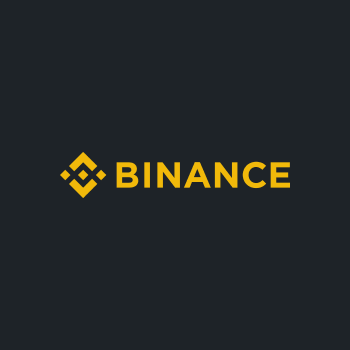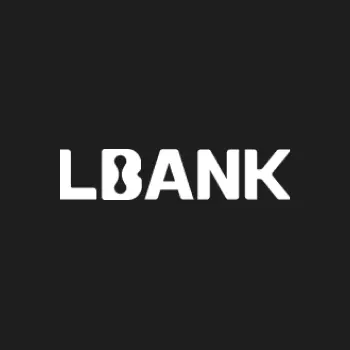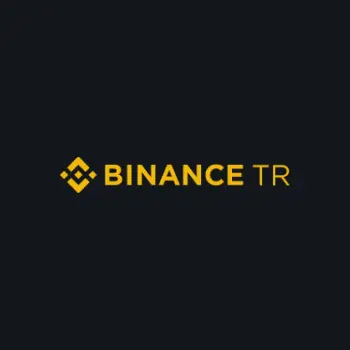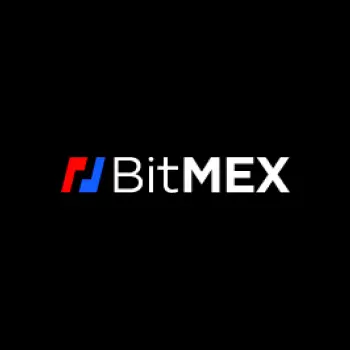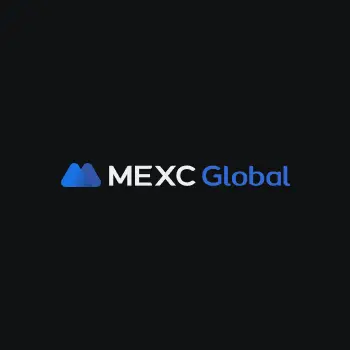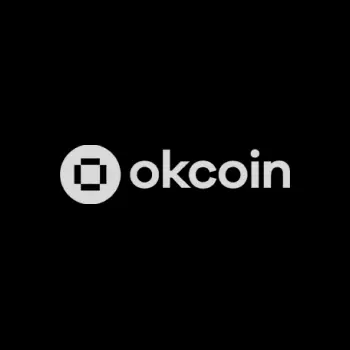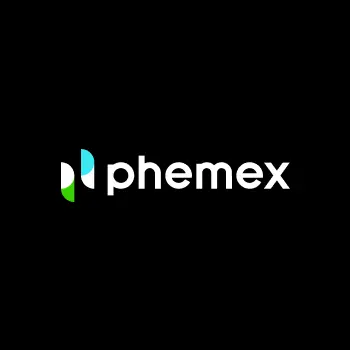Best Margin Trading Crypto & Bitcoin Exchanges in 2024
Top Margin Trading Crypto & Bitcoin Exchanges in 2024
Here are some of the best margin trading crypto & Bitcoin exchanges to explore in 2024.
promotions
Get up to 100 USDT in trading fee rebate after full verification, first deposit, and first trade.Coins
promotions
Enjoy a 10% discount on BitMEX fees for six months when you register through a referral link.Coins
promotions
Receive $10 in Bitcoin when you register with a referral link and buy $100 worth of crypto on Okcoin.Coins
promotions
Get mystery boxes worth up to $10,000 when you register through a referral from a friend.Coins
Review of Our Top 10 Margin Trading Crypto & Bitcoin Exchanges
1. Binance
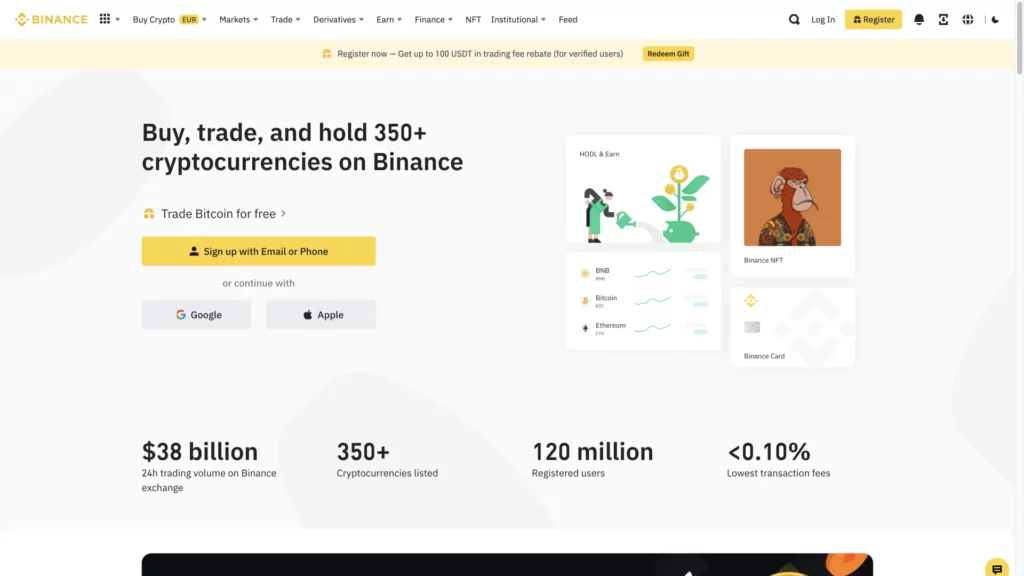
- 0.0000039 - 0.0005
- spot trading
- derivatives trading
-
futures trading
12
No result
- Bitcoin
- Ethereum
-
Binance Coin
291
No result
- Sepa
- GiroPay
-
Visa
305
No result
- English
- Indonesian
-
Spanish
22
No result
- France
- Italy
-
Lithuania
13
No result
- 2FA Google Authenticator
- 2FA SMS
- German
- Russian
-
Korean
15
No result
- Blog
- News
-
Announcements
1
No result
2. Blockchain.com
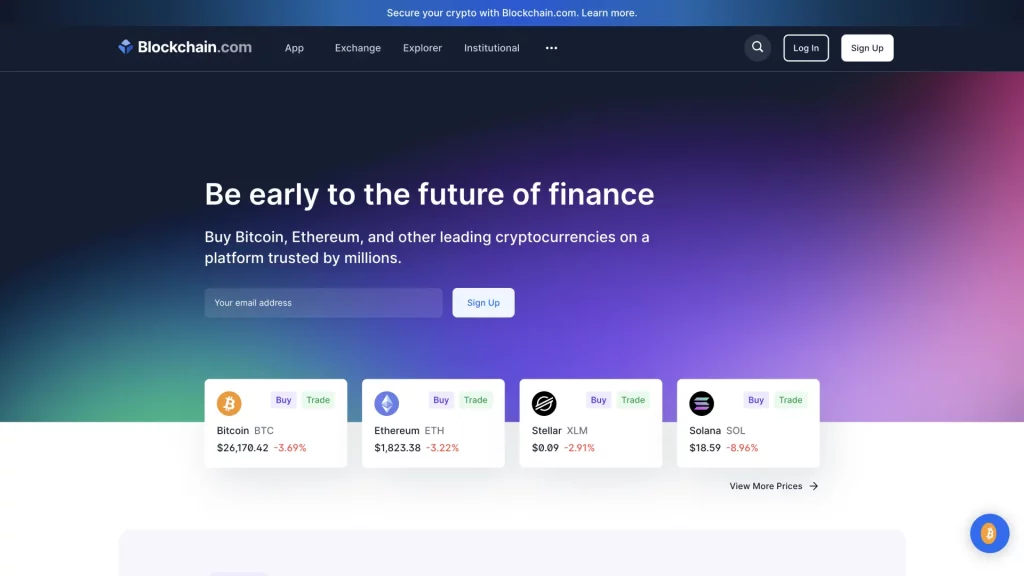
- spot trading
- margin trading
-
staking
3
No result
- Bitcoin
- Ethereum
-
Bitcoin Cash
28
No result
- Bank transfer
- Sepa
-
Faster Payments
49
No result
- English
- Spanish
-
Portuguese
2
No result
- Singapore
- Puerto Rico
- English
- Learn and Earn
- Podcasts
- Research and Analysis
3. LBank
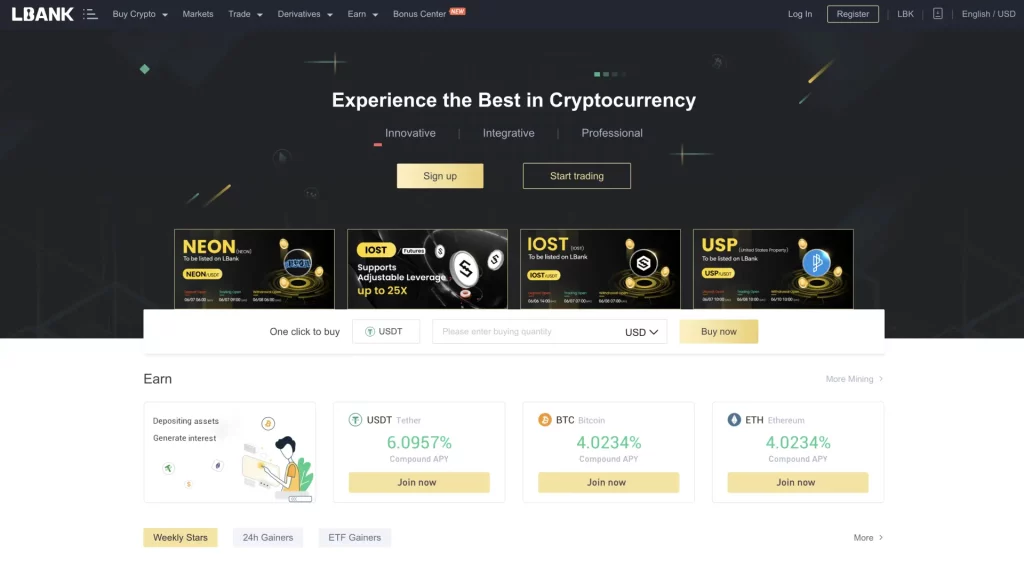
- spot trading
- derivatives trading
-
futures trading
5
No result
- Ethereum
- Terra
-
Polygon
241
No result
- Visa
- MasterCard
-
Bank transfer
255
No result
- English
- Russian
-
Spanish
27
No result
- 2FA SMS
- 2FA Google Authenticator
- English
- Turkish
-
Polish
24
No result
- Academy
- Guides
- Videos
4. Binance TR

- spot trading
- wallet
- Holo
- Internet Computer
-
The Graph
80
No result
- Bank transfer
- Ziraat Bankasi
-
VakifBank
84
No result
- English
- Turkish
- 2FA Mobile App
- 2FA SMS
- 2FA Google Authenticator
- Turkish
- English
- Blog
- Announcements
5. BitMEX
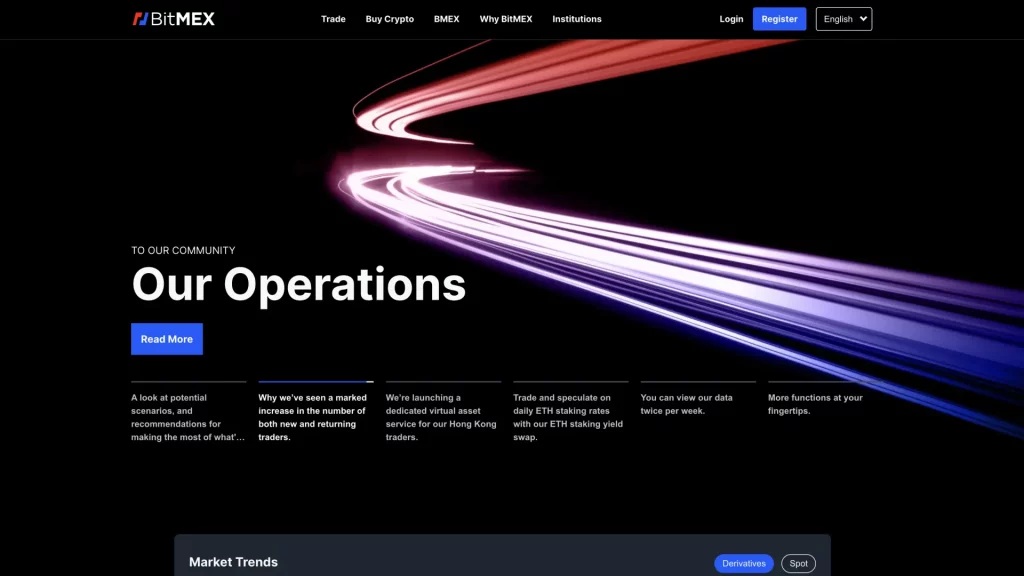
- Maker/Taker: 0.0200% - 0.0750%
- spot trading
- derivatives trading
-
futures trading
3
No result
- BitMEX Token
- Bitcoin
-
TRON
8
No result
- Visa
- MasterCard
-
ApplePay
12
No result
- English
- Russian
-
Turkish
1
No result
- 2FA Google Authenticator
- 2FA Authy
- Chinese (Mandarin)
- Korean
- Russian
- Knowledge Base
- Videos
- Guides
6. MEXC

- Free
- spot trading
- derivatives trading
-
futures trading
9
No result
- SHIBA INU
- Wrapped Dogecoin
-
ADAX
191
No result
- Visa
- MasterCard
-
Bank transfer
110
No result
- English
- Russian
-
Turkish
14
No result
- Seychelles
- Estonia
-
Switzerland
2
No result
- 2FA Google Authenticator
- 2FA SMS
- English
- Turkish
-
Vietnamese
5
No result
- Videos
- Learn and Earn
-
Blog
2
No result
7. Okcoin

- 3.99%
- spot trading
- OTC trading
-
staking
1
No result
- Bitcoin
- Ethereum
-
Tether
101
No result
- Visa
- MasterCard
-
ApplePay
107
No result
- English
- United States
- Canada
-
United Kingdom
26
No result
- 2FA SMS
- 2FA Google Authenticator
- English
- Blog
- Developer Grant
-
Videos
1
No result
8. OKX

- Free
- spot trading
- derivatives trading
-
perpetual swaps trading
9
No result
- Tether
- Bitcoin
-
Litecoin
92
No result
- Bank transfer
- Visa
-
MasterCard
344
No result
- English
- Chinese (Mandarin)
-
Simplified Chinese
14
No result
- 2FA SMS
- 2FA Google Authenticator
- English
- Learn and Earn
- Announcements
- Videos
9. Phemex
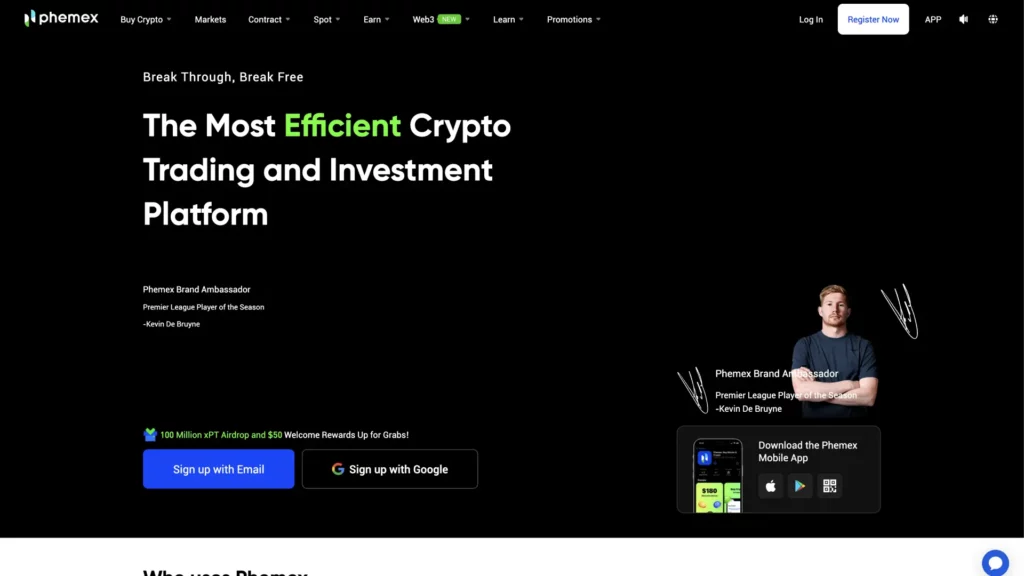
- 0.0001 BTC
- spot trading
- derivatives trading
-
perpetual contracts trading
8
No result
- Ethereum
- Cardano
-
Chainlink
232
No result
- SwiftCash
- Bank Transfer (ACH)
-
Sepa
309
No result
- English
- Russian
-
Japanese
6
No result
- 2FA Google Authenticator
- English
- Japanese
-
German
2
No result
- Blog
- Videos
-
Academy
4
No result
10. Poloniex
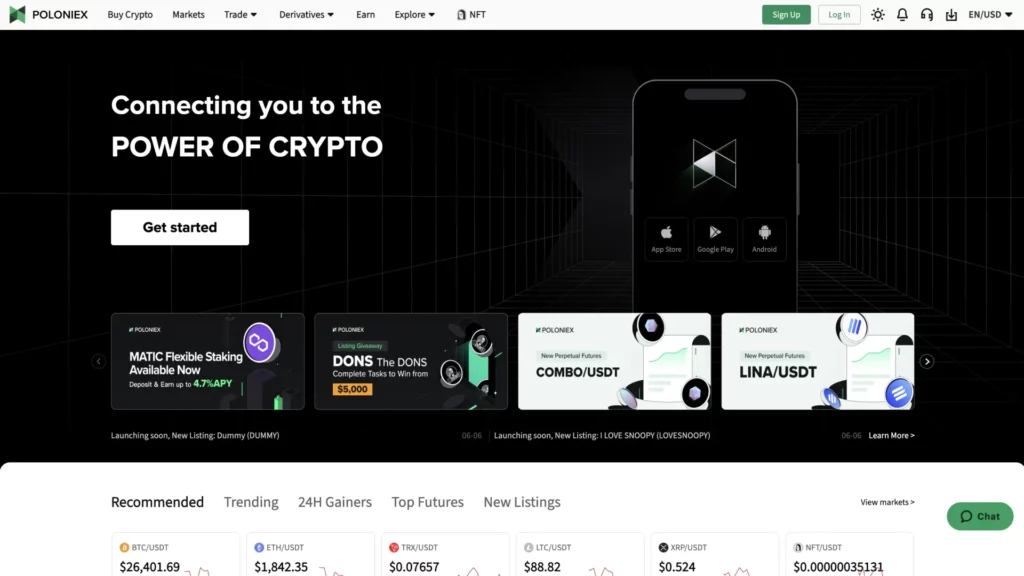
- 3.5% - 5%
- spot trading
- derivatives trading
-
futures trading
7
No result
- APENFT
- Bitcoin
-
Ethereum
364
No result
- Bank transfer
- Visa
-
MasterCard
367
No result
- English
- Chinese (Mandarin)
-
Simplified Chinese
9
No result
- Panama
- 2FA SMS
- 2FA Google Authenticator
- English
- Videos
- Guides
- Blog
- Best Binance Coin Exchanges
- Best Crypto & Bitcoin Exchanges
- Best Crypto Exchanges for Staking
- Best Crypto Trading Platforms With Leverage
- Best Decentralized Exchanges
- Best DeFi Exchanges
- Best Avalanche Exchanges
- Best Cardano Exchanges
- Best Crypto & Bitcoin Exchanges in the USA
- Best Crypto Exchanges In Canada
- Best Crypto Exchanges in the UK
- Best Lowest Fee (Cheapest) Crypto & Bitcoin Exchanges
- Best New Crypto Exchanges
- Best Place to Buy Crypto
- Show More
Overview of the Best Margin Trading Crypto & Bitcoin Exchanges in 2024
| Casino | Welcome Bonus | Our Rating |
|---|---|---|
| Binance | Get up to 100 USDT in trading fee rebate after full verification, first deposit, and first trade. | 4.83 |
| Blockchain.com | N/A | 4.83 |
| LBank | Get 255 USDT Bonus when you sign up. | 4.83 |
| Binance TR | Get a 50 USD Bonus when you Register and complete authentication. | 4.67 |
| BitMEX | Enjoy a 10% discount on BitMEX fees for six months when you register through a referral link. | 4.67 |
| MEXC | Get 5 USDT bonus when you deposit 300 USDT. | 4.67 |
| Okcoin | Receive $10 in Bitcoin when you register with a referral link and buy $100 worth of crypto on Okcoin. | 4.67 |
| OKX | Get mystery boxes worth up to $10,000 when you register through a referral from a friend. | 4.67 |
| Phemex | Earn up to $6050 in crypto when you sign up | 4.67 |
| Poloniex | Get Up to $1000 Welcome bonus when you sign up and complete tasks. | 4.67 |
Disclaimer: Investing in cryptocurrencies carries significant risk. Values are highly volatile. Never invest more than you can afford to lose. This site does not provide financial advice. Act based on your own research and consult with a financial professional before making decisions. Don’t invest unless you’re prepared to lose all the money you invest.
What is Margin Trading?
Margin trading is a method to potentially boost your profits in investments. Instead of solely using your own funds, you borrow extra money from a broker or crypto exchange to make larger investments. This allows you to control a bigger share of the market. However, it's crucial to understand that while this can lead to greater gains, it also involves higher risks. If the market doesn't move in your favor, you may face larger losses and will need to repay the borrowed amount.
Using Financial Leverage
Leverage is especially popular in markets like cryptocurrencies, where prices can fluctuate significantly in a short period.
Traders employ margin to make more substantial investments, potentially yielding higher profits in favorable conditions.
However, it's imperative to exercise caution with margin trading and fully grasp the additional risks involved. Having a solid plan for risk management and a thorough understanding of the market are crucial for success in margin trading.
Pros and Cons of Margin Trading

Before you decide to use a margin trading platform, it's important to understand the advantages and disadvantages.
Pros:
- Potential for Higher Profits: Margin trading lets you increase your potential profits by using borrowed money. This means you can make more money if the market moves in your favor.
- Increased Buying Power: With margin, you can control a larger share of the market compared to using only your own money. This might give you more investment opportunities.
- Diversification: It allows you to spread your investments across a wider range of assets, which could lower your overall risk.
Cons:
- Higher Risks: While it can boost your gains, margin trading can also amplify your losses. If the market goes against you, you might end up owing more than you initially put in.
- Interest Costs: Borrowed money comes with interest, which adds to your trading expenses. This can reduce your profits or increase your losses.
- Margin Calls: If your investment value drops below a certain level, you might need to deposit more money to cover the losses. Otherwise, the broker might sell your position. This can be stressful and lead to unexpected costs.
How to Choose the Optimal Margin Trading Crypto Exchange

Selecting the right exchange for Bitcoin margin trading is no simple task. That's why we conducted research to streamline the process for you. Below, you'll find the most critical aspects to consider when evaluating margin trading exchanges:
Evaluate the range of available coins
In the realm of crypto trading, diversity is a powerful advantage. The selection of coins or trading pairs offered by an exchange can greatly influence your trading approach.
It's essential to assess the variety of digital assets provided by an exchange, as not all platforms support every coin. Therefore, you must verify that the exchange grants access to the specific coins you're interested in. Some of the best exchanges offer over 150 types of cryptos to buy.
Ensure adequate liquidity in the Bitcoin exchange
Liquidity serves as the backbone of any trading platform, playing a pivotal role in executing orders efficiently. It showcases whether an asset can be bought or sold without causing significant price fluctuations. When choosing a margin trading crypto exchange, it's imperative to verify that the platform maintains good liquidity.
To assess liquidity, one should analyze the exchange's trading volume. Higher trading volumes indicate a more liquid market, generally resulting in smoother transactions.
Resources like CoinMarketCap offer insights into an exchange's trading volume, helping traders in making informed choices.
Certain exchanges are renowned for their substantial trading volumes, further bolstering liquidity. These platforms provide a robust marketplace for traders, facilitating seamless order execution.
Compare fee structures
In the realm of crypto exchanges, fees are a critical consideration for traders. These charges may include deposit fees, trading fees, and withdrawal fees. Understanding the fee arrangement of an exchange is vital for making well-informed decisions regarding where to conduct your trading activities.
Review security measures
The security of a crypto exchange is paramount, given the susceptibility of these platforms to cyber threats and breaches. It's essential for users to take proactive measures to safeguard their assets.
Fundamental precautions like implementing two-factor authentication are crucial. Advanced security measures such as biometric login provide an additional layer of protection.
Does the crypto exchange provide educational resources?
Empowering users with knowledge is crucial for navigating the dynamic and often volatile crypto market. Educational resources play a pivotal role in this endeavor. They furnish users with the information and insights necessary to make well-considered decisions, ultimately enriching their trading experience.
Types of educational resources
- Crypto Basics: These resources cover fundamental concepts in the crypto space, including blockchain technology, Bitcoin, Ethereum, and other key components of the digital currency ecosystem.
- Trading Strategies: Resources in this category offer valuable insights into effective trading techniques. They provide users with strategies to optimize their trading activities.
- Market Analysis: Access to market analysis and insights is crucial for making informed investment decisions. These resources offer valuable perspectives on market trends, helping users stay ahead of the curve.
Educational resources are available in various formats, including blogs, comprehensive guides, dedicated help centers, simulation trading platforms, instructional videos, and specialized "Academy" sections within the exchange.
Licenses and georestrictions
Acquiring the appropriate licenses is a pivotal step for any crypto exchange. This section emphasizes the significance of licenses in establishing a legitimate and secure trading platform. It also sheds light on the risks associated with engaging unlicensed operators.
Regulatory landscape
Navigating the regulatory framework in different regions is a multifaceted endeavor. Understanding the legal and compliance requirements is essential for ensuring a crypto exchange operates within the bounds of the law. At the same time, using an unlicensed crypto exchange could be risky.
Key factors considered by regulators
- AML and CTF Requirements: Anti-Money Laundering (AML) and Counter-Terrorist Financing (CTF) requirements play a pivotal role in upholding the integrity and security of crypto exchanges.
- KYC Procedures: Know-Your-Customer (KYC) procedures are crucial for verifying user identities.
- Security and Risk Management: Establishing robust security measures and effective risk management strategies is imperative for the long-term viability and trustworthiness of a crypto exchange.
Available products on the crypto exchange
Margin trading exchanges offer a variety of products, and we have compiled a list of the most important:
Trading platforms and tools
Crypto exchanges provide a range of trading options tailored to various needs. Some platforms cater to professional traders, offering advanced order types, customizable chart analysis tools, comprehensive order book insights, and lightning-fast execution.
Types of trading: spot, margin, and futures
Some exchanges let you do different types of trading. There's spot trading, where you buy and sell cryptocurrencies directly. Then there's margin trading, where experienced traders can borrow money to make bigger trades.
Finally, there's futures trading, which is a way to bet on the future price of cryptocurrencies. These options can be useful for traders who know what they're doing.
Services for individuals
You can buy or sell cryptocurrencies, earn rewards in cryptocurrency, use your Bitcoin as collateral to borrow money, and even create or collect special digital items called non-fungible token (NFT)
Services for businesses
Businesses can also use crypto exchanges. They enjoy special services like solutions for big institutions, accepting crypto payments, listing their assets on the exchange, and participating in futures trading.
Different ways to pay
When you're getting your first cryptocurrencies, you have different ways to buy crypto:
- PayPal: This is an online wallet that lets you deposit, store, transfer, and take out money on certain exchanges. It's known for being quick and secure.
- Credit/Debit card: You can use Visa and MasterCard credit or debit cards on many exchanges. It's an easy way to send money from your bank account. There are extra safety measures like Verified by Visa.
- Bank transfer: This is a good option in places where using a credit card might be hard. Sometimes the transfer happens really fast, which makes it a convenient way to pay.
- Digital tokens: Some platforms only use digital tokens as payment. This part also talks about how using these tokens is secure, using things like special codes and keeping transactions private.
How Your Payment Method Affects Fees
The way you pay can also change how much you pay in fees. For example, using digital coins for deposits is usually the cheapest. But using methods like PayPal might come with extra fees, especially for taking money out. Debit cards are super safe, and credit cards may come with higher fees.
Is Margin Trading Better than Regular Trading?
Deciding between margin trading and regular trading depends on how comfortable you are with taking risks, your financial situation, and what you want to achieve with your investments.
Margin trading can potentially lead to bigger profits because you're using borrowed money to make bigger investments. This means you can control a bigger part of the market.
But remember, bigger potential for profit also means bigger chance of losing. If the market doesn't go your way, the losses can be bigger, and you'll have to pay back the borrowed money.
On the other hand, regular trading is usually seen as less risky. You're using only your own money, so the amount you can lose is limited to what you first put in. While the possible profits might not be as high as in margin trading, regular trading is simpler and less complicated. It's really important to think about how much risk you're okay with and fully understand both types of trading before you decide.
Different Sorts of Crypto Exchanges
Crypto exchanges are like special places where you can buy, sell, and trade digital money. There are three main kinds:
- Centralized Exchanges (CEX): These are the usual exchanges where trades happen through a central middleman. They're easy to use and offer lots of different trading choices. But you have to trust the exchange with your money.
- Decentralized Exchanges (DEX): These exchanges work without a centralized boss. They use special technology to let people trade directly with each other. They're more private and safe, but they might not have as many choices for trading.
- Hybrid Exchanges (HEX): These are like a mix of both CEX and DEX. They try to give you the best of both worlds - an easy-to-use setup with extra safety features.
Each kind of exchange has its good points and not-so-good points, so it's really important for you to pick the one that fits what you want.
A Tip from the Author: Try Different Exchanges
Using a few different exchanges can be really helpful in the world of crypto trading. Here's why:
- Get to Know Different Looks: Each exchange has its own style and special features. Trying out different ones helps you get used to how they work.
- Spread Out Your Money: Different exchanges might have different digital money for you to use. By using a few exchanges, you can spread out your investments and lower your risk.
- Be Ready for Anything: If one exchange has a problem with safety or running smoothly, having accounts on others can protect you from losing everything.
How Margin Trading Crypto & BTC Exchanges Work
Margin trading on crypto exchanges is like getting a boost for your investments. Instead of using only your own money, you can borrow extra funds from the exchange to make bigger trades.
This means you can control a larger portion of the market. For example, with just $100, you might be able to trade as if you had $1000.
However, it's important to remember that while this can lead to bigger gains, it also comes with higher risks. If the market doesn't go your way, you might face bigger losses, and you'll have to pay back the borrowed money.
To start margin trading, you'll first need to sign up on a margin trading exchange. These platforms specialize in offering this type of trading. Once you're signed up, you deposit money into your account.
This is the money you'll use along with the borrowed funds for your trades. The exchange will usually have a leverage setting, which determines how much you can borrow. Higher leverage means you can borrow more, but it also increases the risk.
When you're ready to make a trade, you choose a cryptocurrency pair, like Bitcoin and US Dollars, and decide if you think the price will go up (going "long") or down (going "short").
After placing the trade, you keep an eye on how it's doing. If it goes well, you can close the trade and take your profits.
But if it goes against you, you might need to decide if you want to wait and see if it turns around, or if it's better to close the trade and limit your losses.
Remember, it's really important to only invest what you can afford to lose, as the risks can be higher in margin trading.
Step-by-Step Guide: Buying Crypto on Margin Trading Exchanges

If you’re up to the challenge of buying crypto on margin trading exchanges, make sure you follow several steps.
Choose a reputable exchange
Start by selecting a well-known and trusted margin trading exchange. Look for one with a good track record and positive user reviews. Also, note that many new exchanges offer great options for margin trading.
Create an account
Sign up for an account on the chosen exchange. Provide the necessary information, including your email address and a secure password.
Verify your identity (if required)
Some exchanges may require you to go through a verification process. This usually involves providing identification documents to comply with legal regulations.
Secure your account
Enable two-factor authentication (2FA) to add an extra layer of security to your account. This helps protect your assets from unauthorized access.
Deposit funds
Add money to your exchange account. Most exchanges accept various payment methods like bank transfers, credit/debit cards, or digital wallets.
Navigate to the margin trading section
Find the section dedicated to margin trading on the exchange's platform. It may be labeled as "Margin Trading" or something similar.
Understand margin terms
Familiarize yourself with terms like "leverage," which indicates how much extra money you're borrowing for trading. Be cautious with high leverage as it can increase both gains and losses.
Choose a cryptocurrency pair
Decide which cryptocurrency pair you want to trade. For example, you might choose BTC/USD, which involves Bitcoin and USD. You might also trade a crypto pair, such as BTC/ETH, or similar.
Set your leverage level
Select the leverage level you're comfortable with. Lower levels are generally less risky, while higher levels offer the potential for bigger gains but also bigger losses.
Place an order
Decide whether you want to enter a "long" position (betting the price will go up) or a "short" position (betting the price will go down). Then, place your order.
Monitor your trade
Keep an eye on your trade's progress. You can adjust or close your position at any time.
Manage your risks
Be aware of the risks involved in margin trading. Set stop-loss orders to limit potential losses and consider having a clear exit strategy.
Withdraw your profits
When you're satisfied with your gains or want to limit your losses, you can withdraw your profits back to your wallet.
Important Tips
- Start Small: Begin with a small investment to get familiar with margin trading and the exchange's platform.
- Educate Yourself: Take the time to learn about margin trading, its risks, and strategies before making significant investments.
- Stay Informed: Keep up with market news and trends, as they can greatly influence the success of your trades.
Remember, margin trading involves a higher level of risk compared to regular trading. It's crucial to approach it with caution and only invest what you can afford to lose.
You've bought some crypto, now what's next?
First, keep it safe. Don't keep all of it on the platform where you bought it. Move some to a super secure place called a cold wallet.
Next, think about how you want to use it. You can keep it for a long time (that's called "hodling"), use it to buy things, invest it, earn more by staking, or trade it.
It's good if you have different types of crypto. Make sure you have at least 5 different kinds for a balanced collection. And don't forget to keep an eye on what's happening in the market and any new rules or laws about crypto. This way, you'll always know what's going on!
To Sum Up
In conclusion, margin trading offers the potential for increased profits by leveraging borrowed funds for larger investments, especially in volatile markets like cryptocurrencies. However, it's important to understand the amplified risks associated with leverage. Understanding the pros and cons of margin trading, selecting an optimal exchange, and managing risk are fundamental for success in this field.
When choosing a margin trading crypto exchange, factors like coin availability, liquidity, fee structures, security measures, educational resources, regulatory compliance, and available products are important. Each type of exchange—centralized, decentralized, or hybrid—has its own advantages and considerations. Remember, margin trading requires careful planning, continuous education, and monitoring of market trends. It's imperative to approach it with caution and invest wisely.
Frequently Asked Questions
Which crypto exchanges offer margin trading?
Many popular crypto exchanges offer margin trading, including platforms like Binance, Kraken, Coinbase Pro, Bitfinex, and Huobi Global.
How does leverage work in margin trading?
Leverage in margin trading multiplies the impact of price movements on the position size. For example, with 2x leverage, a $100 investment controls a $200 position. If the value increases, the gains are doubled, but so are the potential losses.
What are the risks of margin trading in cryptocurrencies?
The main risks of margin trading include the potential for amplified losses. If the market moves against the trader, they could lose more than their initial investment. Additionally, there’s the risk of liquidation if the account balance falls below a certain level.
Can you provide some tips for successful margin trading in crypto?
Some tips for successful margin trading include conducting thorough research, setting clear stop-loss orders, starting with low leverage, diversifying your trades, and maintaining a disciplined trading strategy.
Are there any specific strategies for margin trading in cryptocurrencies?
Yes, there are various margin trading strategies, such as trend following, mean reversion, and scalping. Each strategy involves different approaches to identifying entry and exit points.

